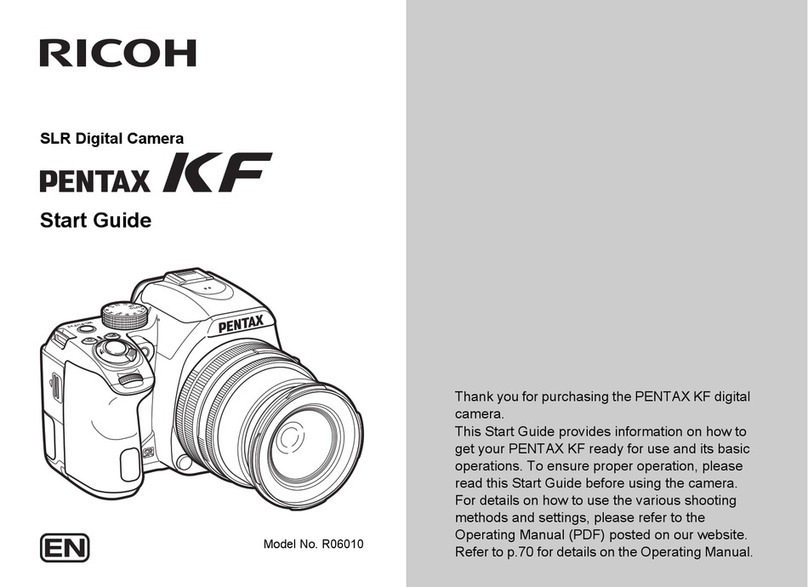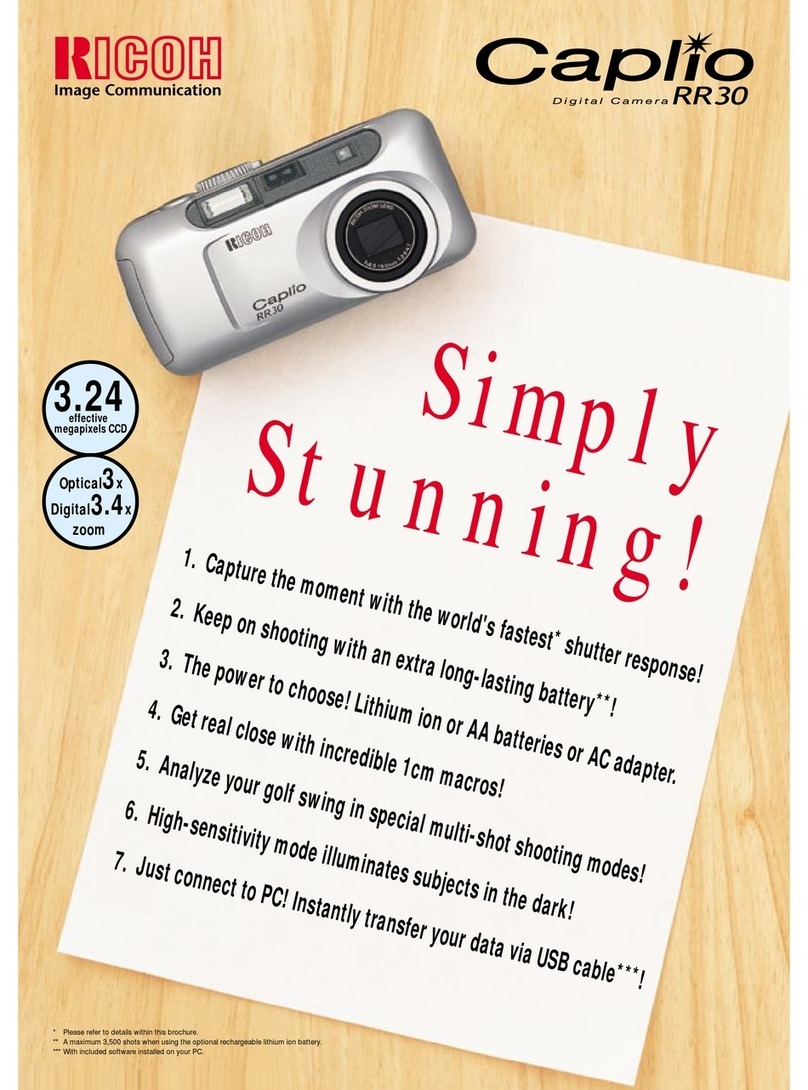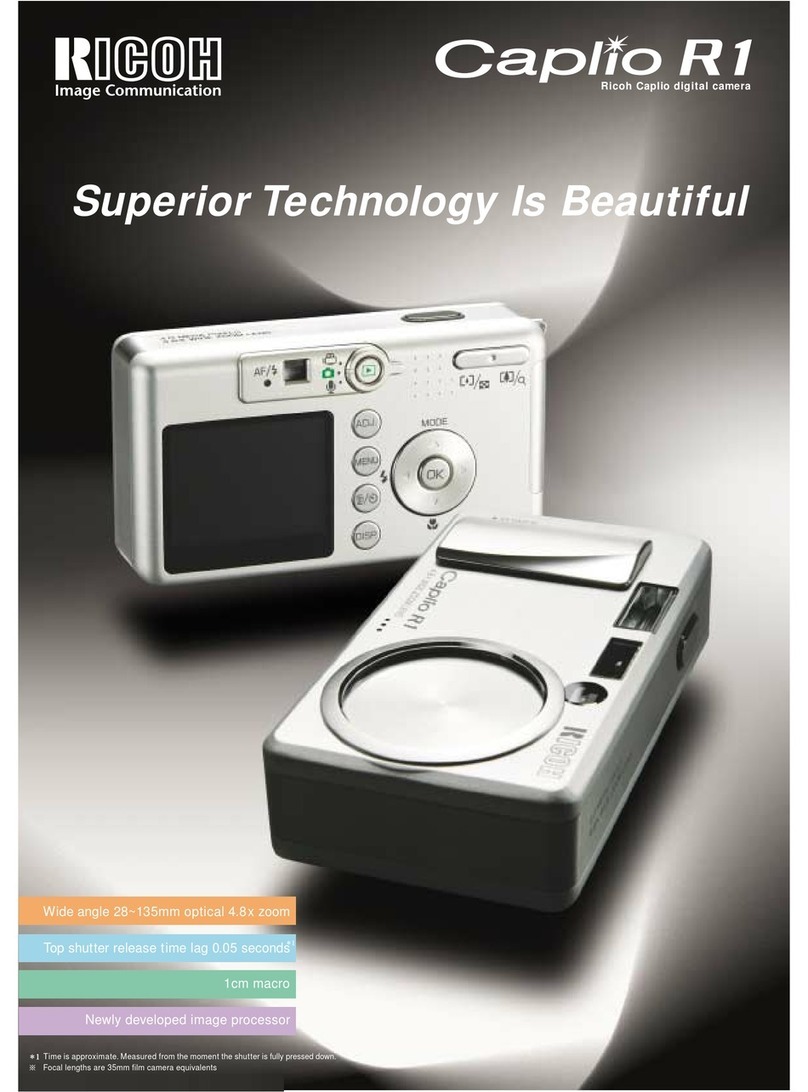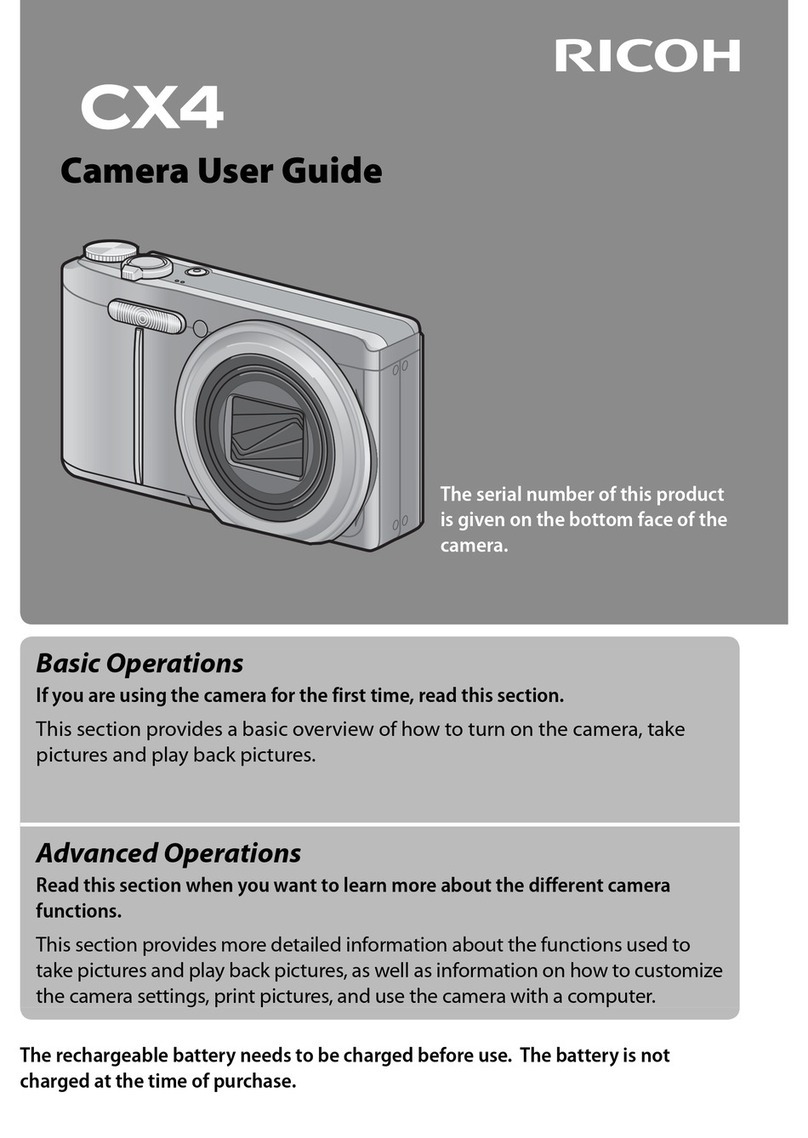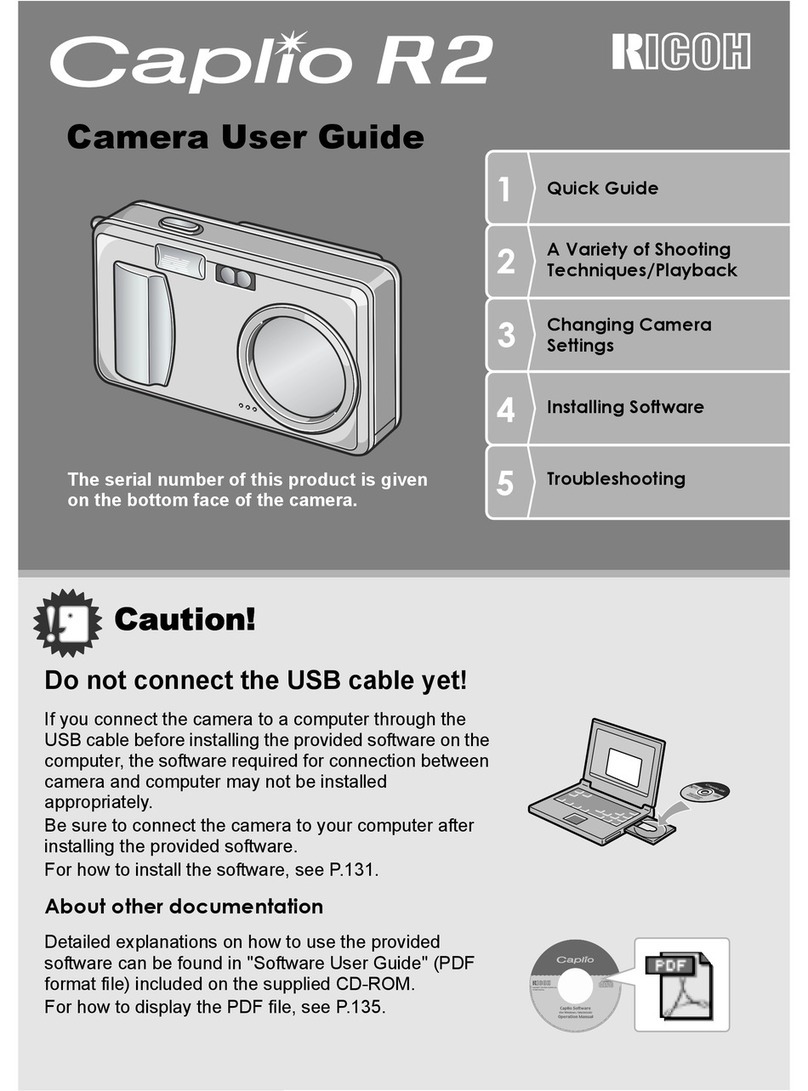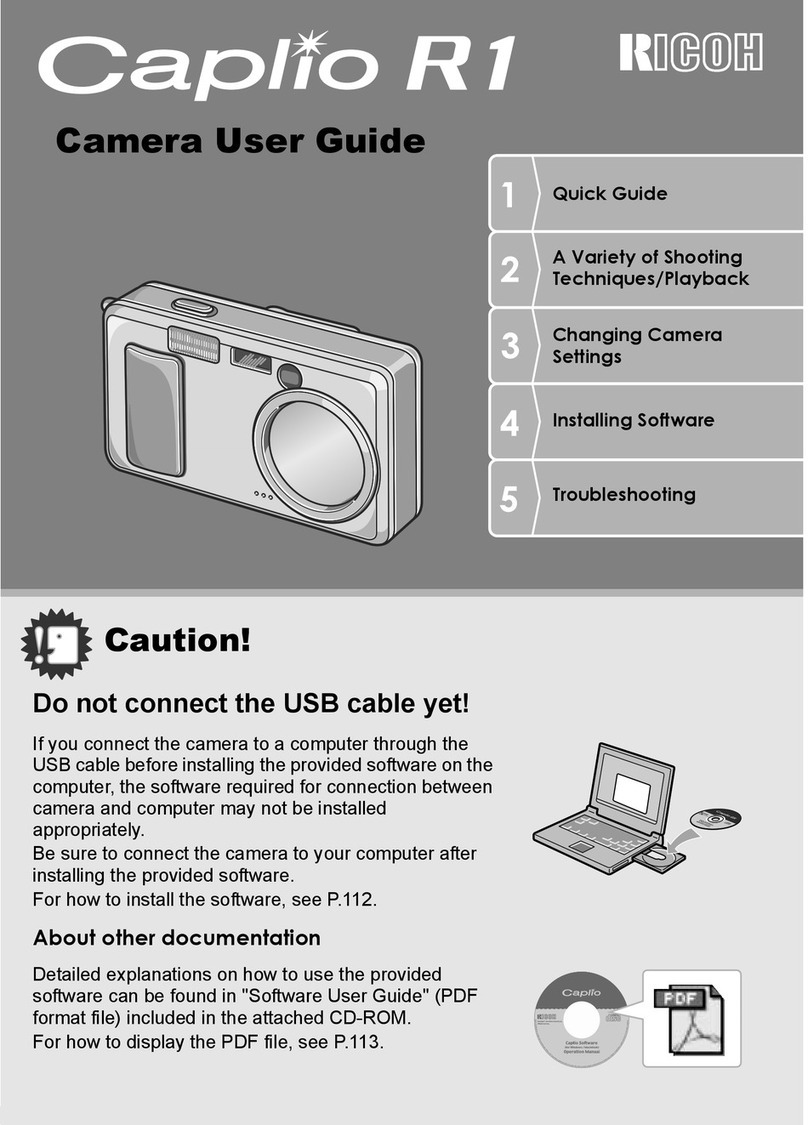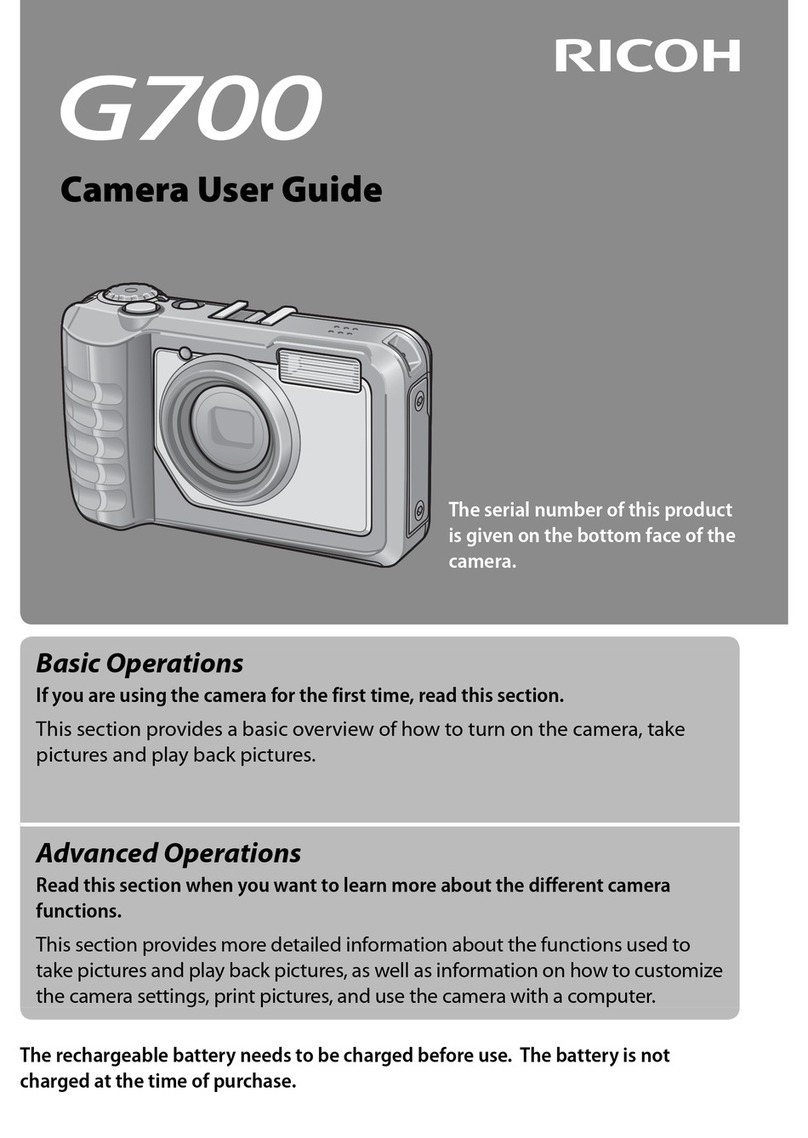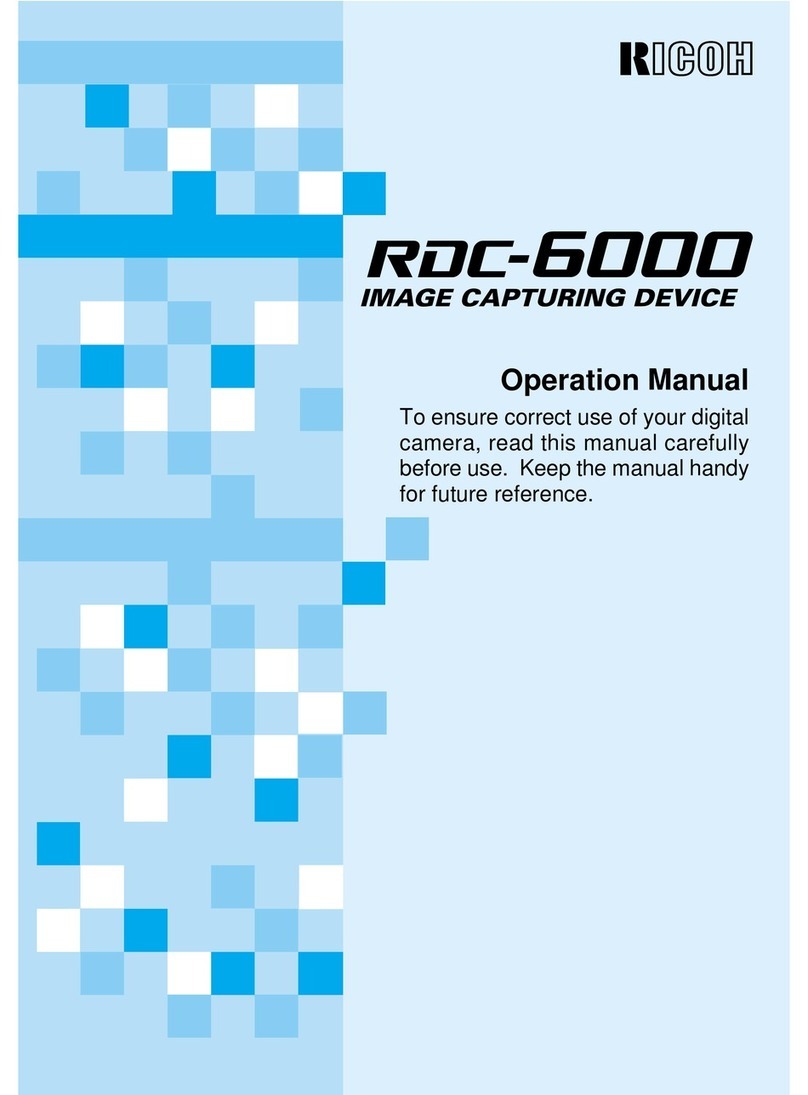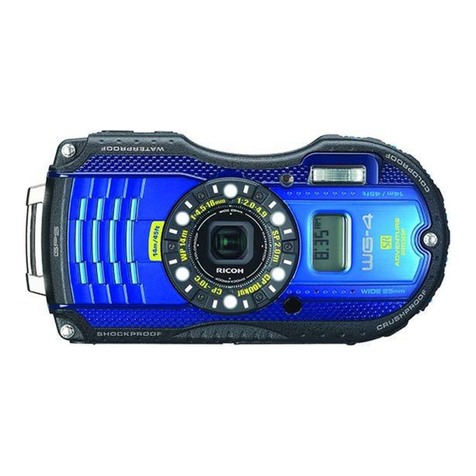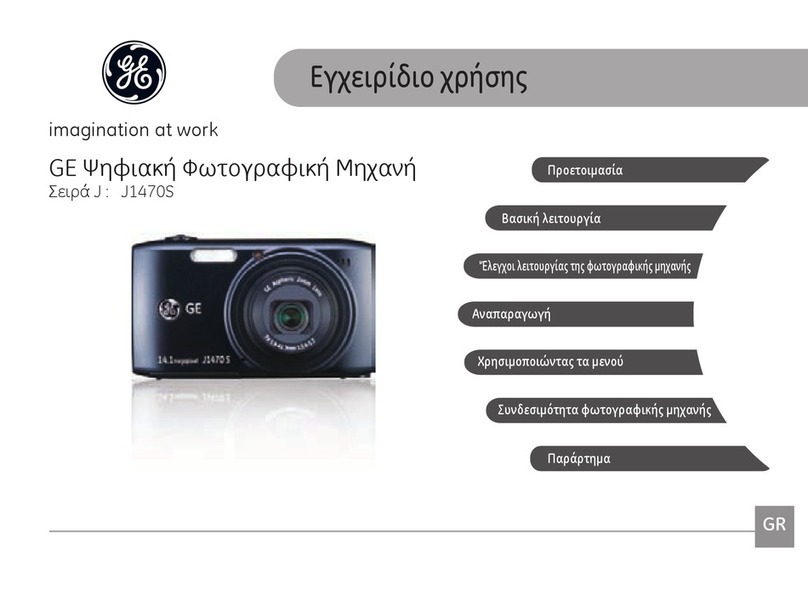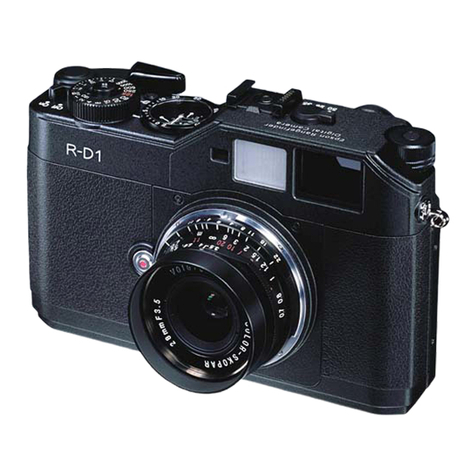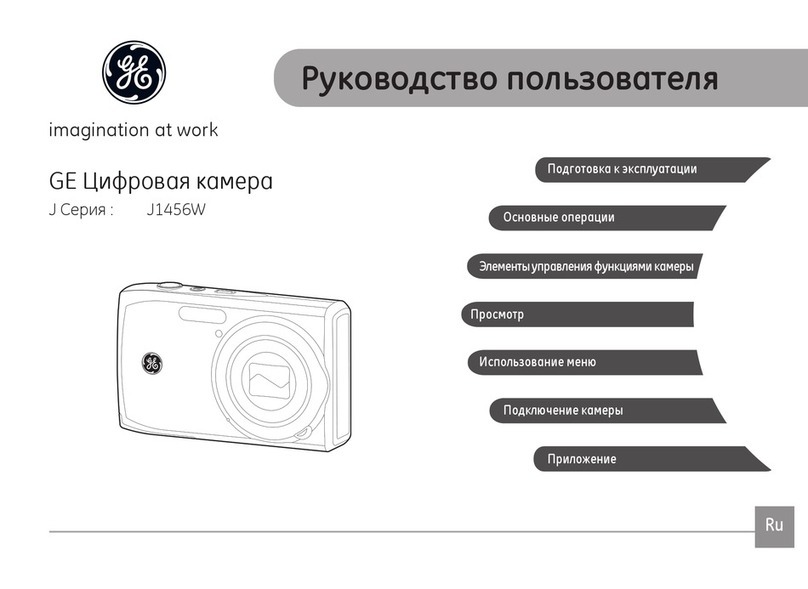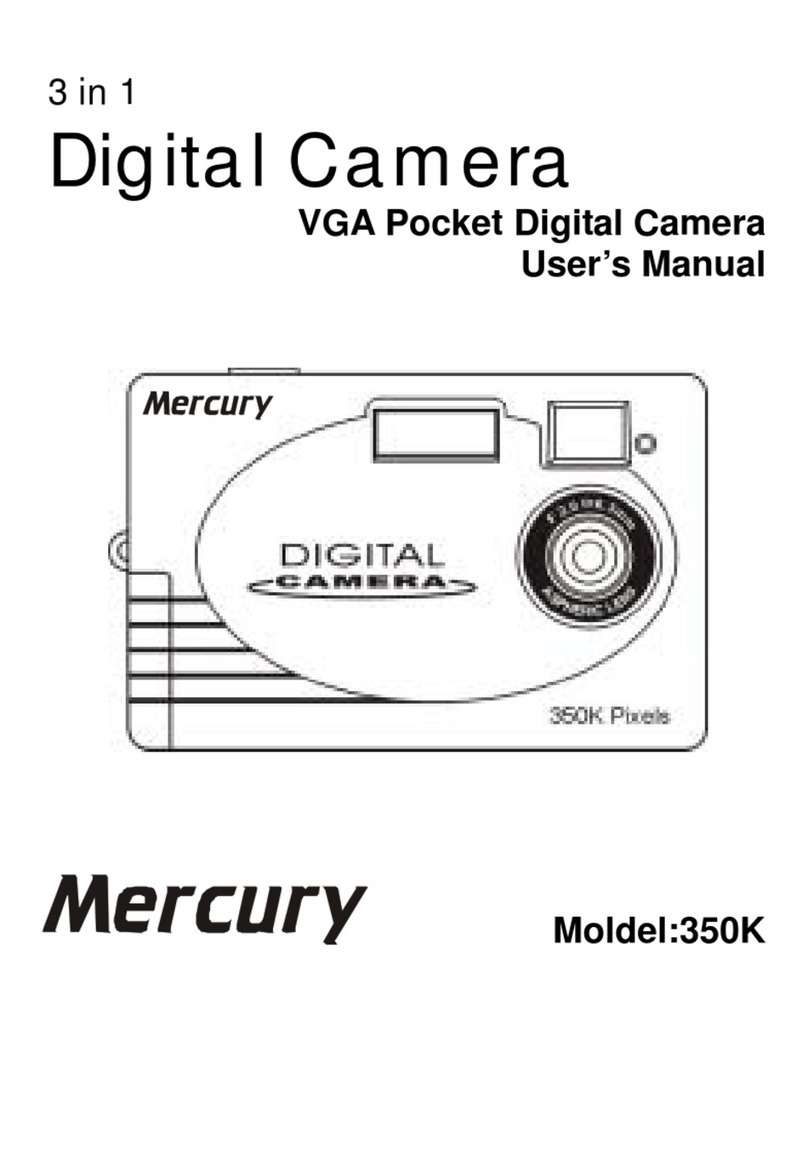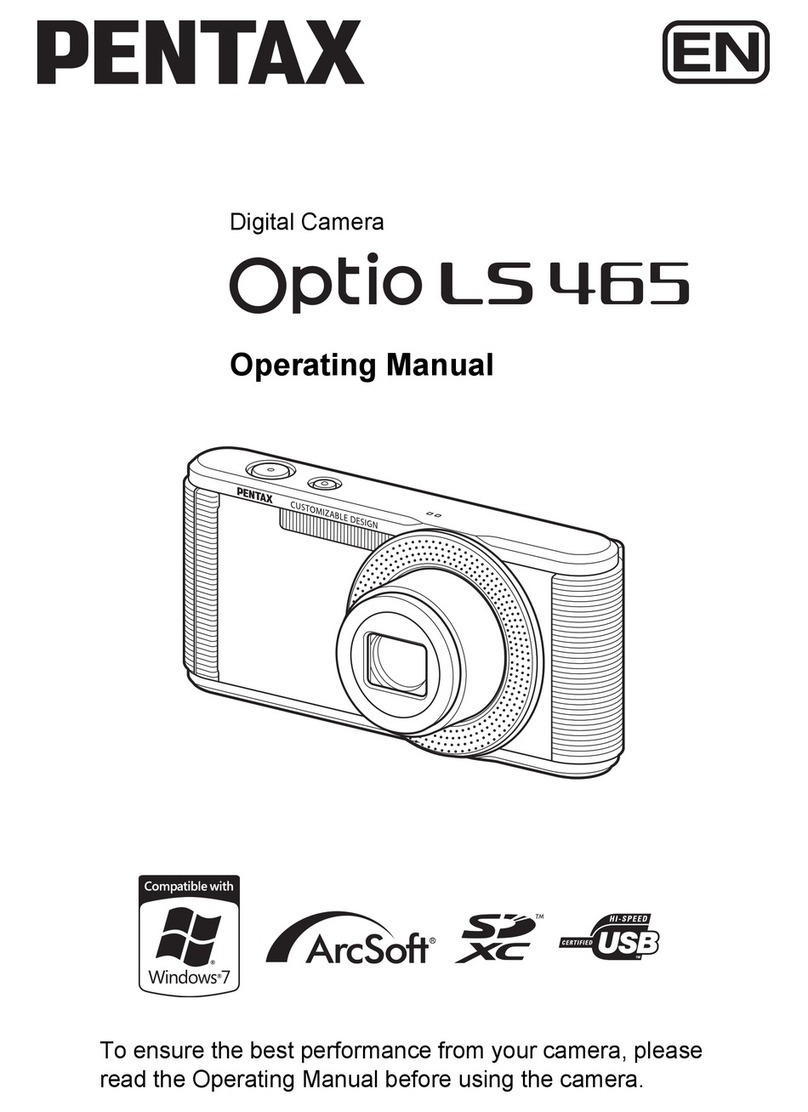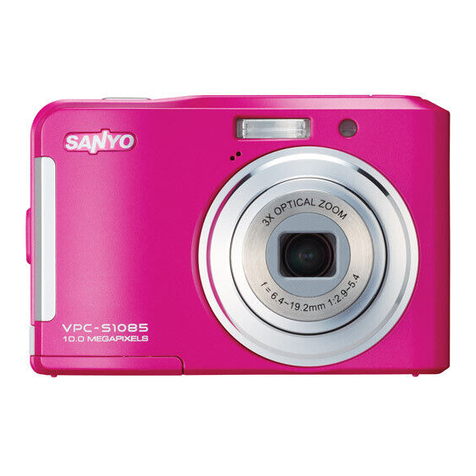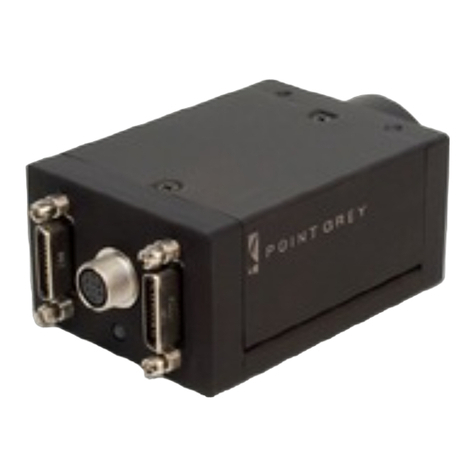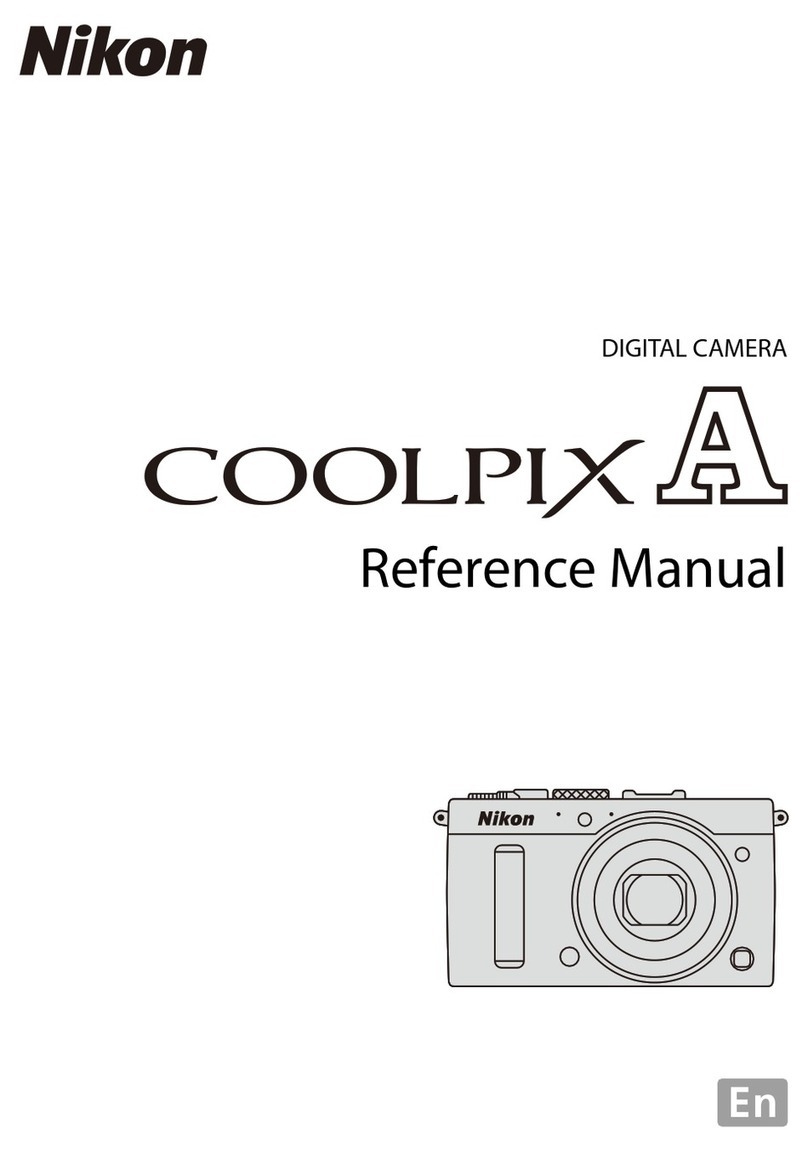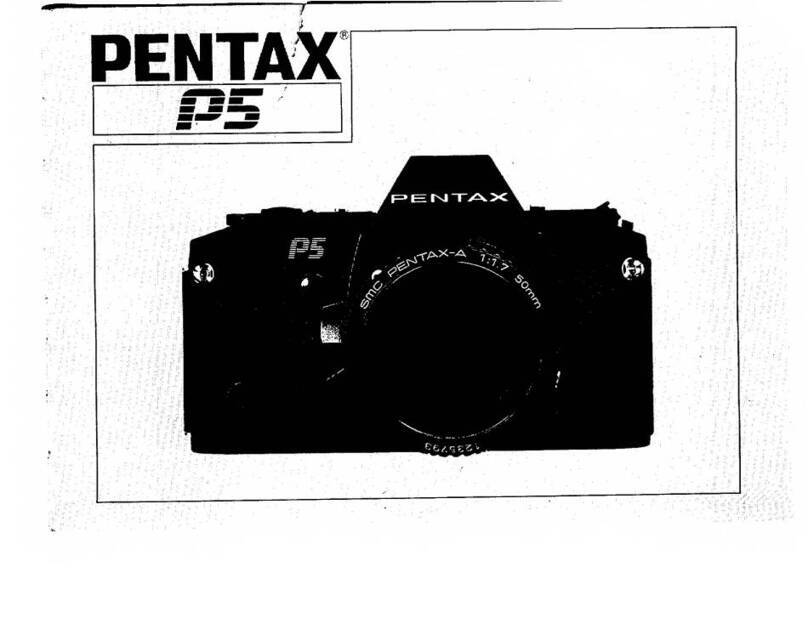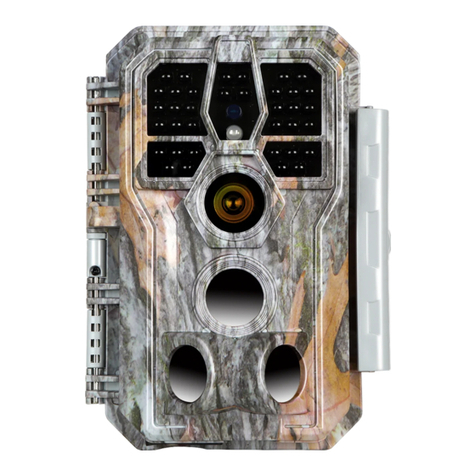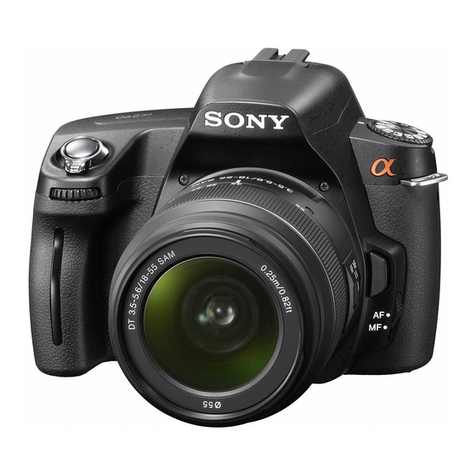
6. Rotate Film Take-up Spool (43)
by advancing Film Advance Lever
(13) to take up any slack in the film
and check to see that the film tip is
firmly hooked onto Film Take-up
Spool (43) (Fig. 9) and that sprocket
holes on the film are fully engaged
on Sprocket Teeth (26) (Fig. 10).
7. Close and press Back Cover (44)
firmly until it snaps shut.
8. Advance Film Advance Lever
(13) two or three times, after
depressing Shutter Release Button
(11) each time, until the number "1"
is opposite the index line in
Exposure Counter (15) (Fig. 11),
because the first portions of the film
can not be used for picture taking as
they have already been exposed to
light and two or three blank
exposures should be made before
taking your first picture. Now it is
ready for your first picture.
Tips for Better Results
* Always load your camera in the shade or in a poorly-lit place, never in direct sunlight or other bright light.
* As you advance the Film Advance Lever (13), the Film Rewind Knob (1) will simultaneously rotate
counterclockwise indicating that the film is advancing properly.
* When making blank exposures with Shutter Speed Dial (8) set at ''AUTO'', set F-Stop Ring (24) to the
smallest f-stop (the largest lens opening) so that you can make next blank exposure quickly, otherwise a slower
shutter speed will be result which could be an annoyance.
SETTING FILM SPEED
Each type of film, color or black and white. has its own sensitivity to light. This sensitivity is assigned by a
numerical value described as an ASA rating (U.S.A. Standard) or a DIN rating (Europe and most other
countries). In most cases. both ASA and DIN ratings are imprinted on the film package, as well as the data sheet
packed with the film and the film cartridge itself. The higher the film speed rating. the more sensitive the film is
to light: that is, less light is required for a proper exposure. The film speed. therefore. is an important element in
insuring that the through-the-lens metering system of your camera determines the correct shutter speed and f-
stop combinations for a given lighting situation.






